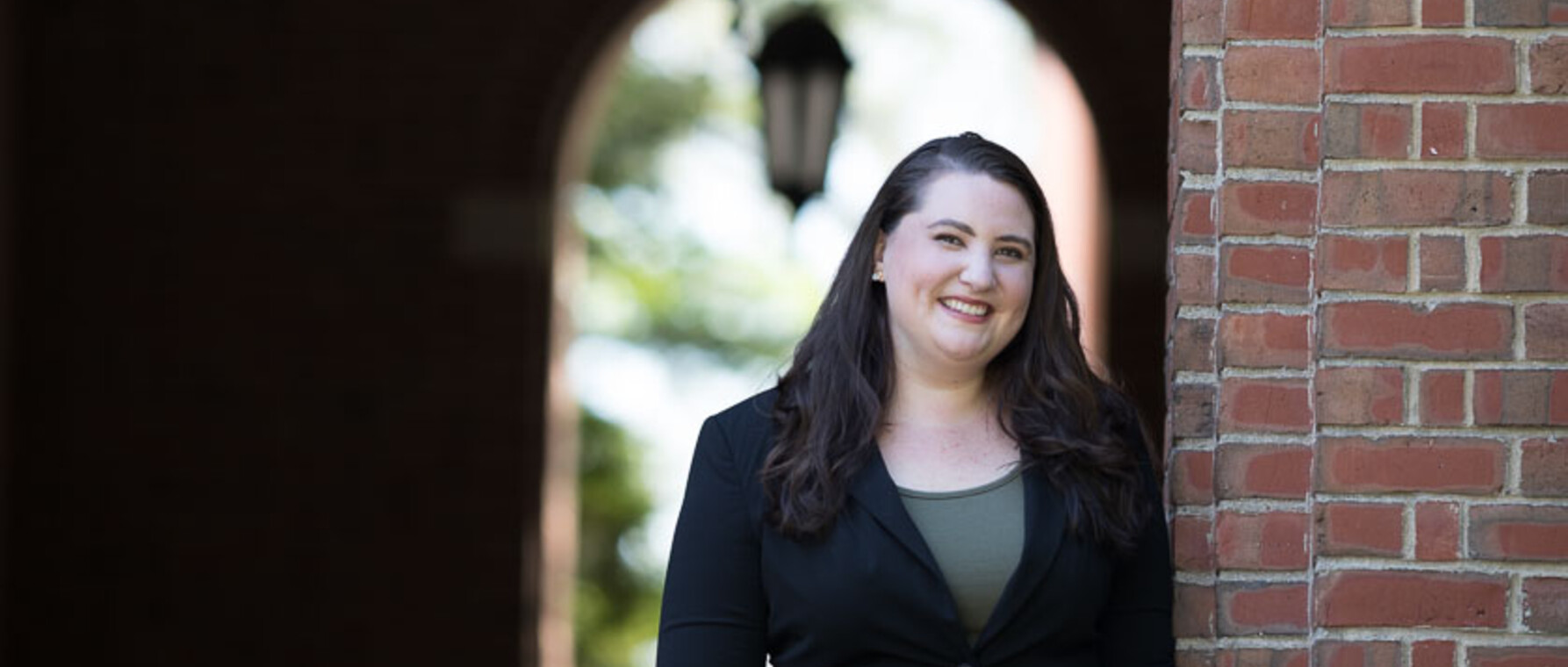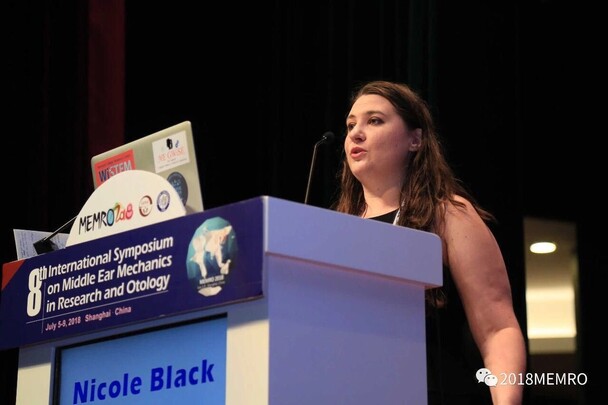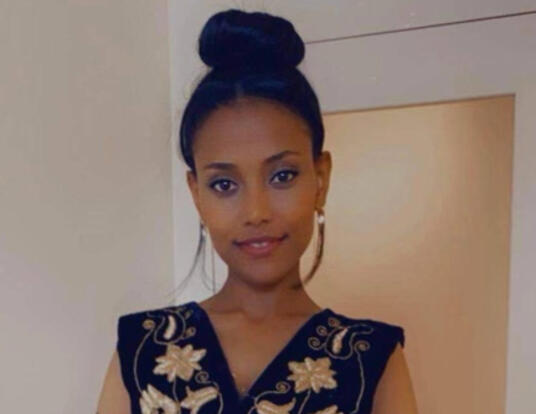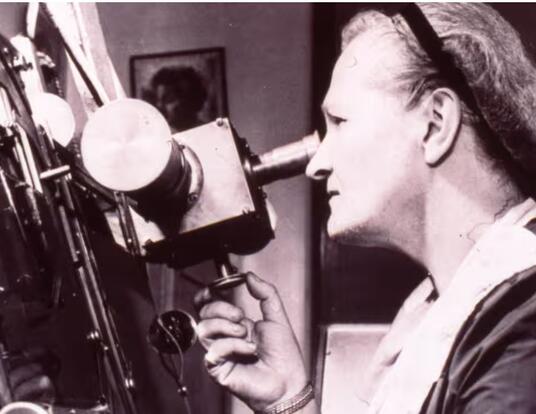An Ear for Innovation
GSAS Voices: Nicole Black, PhD ‘20

Nicole Black is the Vice President of Biomaterials and Innovation at Desktop Metal, an engineering company focused on additive manufacturing and 3D printing solutions. Black talks about her research at Harvard, where she developed new materials for 3D printing of eardrum repair grafts, her breakthrough testing the new design on animal models, and her time at GSAS coordinating a mentorship program for Harvard undergraduate women in STEM fields.
Better Care for Injured Ears
My research in Professor Jennifer Lewis’s lab focused on developing new materials for 3D printing medical implants. Specifically, I focused on designing a new device for patients with perforated eardrums, which can be caused by ear infections, blast injuries, and other trauma.
I started working on this project during my first year at GSAS when I met Dr. Aaron Remenschneider and Dr. Elliott Kozin at Mass Eye and Ear hospital. Dr. Remenschneider had treated patients with chronic eardrum perforations from the 2013 Boston Marathon bombing using graft materials for eardrum repair. In tracking their outcomes, he noticed that many of these patients required revision surgeries. Our team began to identify issues with the current graft materials used for eardrum repair. One was that the graft materials did not replicate the unique structure of a normal eardrum, which is important for hearing at low and high frequencies.
I then started working with Professor John Rosowski and Professor Jeffrey Tao Cheng at Mass Eye and Ear to investigate how 3D-printed grafts that mimic our natural eardrum structure functioned in comparison to standard control grafts. Our team also conceived a novel biodegradable material that could be 3D printed and cause cells to align along the design of the 3D printed graft. When implanted in a patient, it’s absorbed and regenerated into tissue that matches the graft’s structure, which itself is designed to more closely resemble a normal eardrum.
Another issue with currently used grafts is that they are difficult to place, and patients generally require anesthesia. So, we worked on new designs that could allow for less invasive placement directly through the ear canal. Ultimately, this means that patients could potentially have their eardrum repaired through a quick office-based procedure. Our team is currently calling this the PhonoGraft™ device, which we are now developing under the Desktop Health umbrella of Desktop Metal in hopes of bringing it to patients. Ultimately, we hope PhonoGraft will improve healing and hearing outcomes for patients while making the procedure less invasive and more accessible.

Mesmerizing Model
The most exciting discovery when designing these 3D-printed grafts was when we saw our first image of an eardrum that had been successfully remodeled with our grafts in our animal model. It was the first time I had seen 3D printing play an important small-scale role in a tissue graft. It was mesmerizing to see the animal's tissue growing into the grafts and watch new tissue fibers form in the perforation!
I remember presenting some of this data at a conference and having so many ear, nose, and throat surgeons come up to me afterward to ask when the device would be available. That was the moment the project went from being an interesting scientific exploration to something that could have a real, positive impact on human health and well-being.
Mentor Matchmaker
During my time at GSAS, I was very fortunate to serve as the graduate coordinator for the Harvard College Women in STEM (WiSTEM) Mentorship Program, which matches Harvard undergraduate women with mentors at GSAS and the Medical School, as well as postdoctoral researchers. During my four years in this role, I worked alongside Heidi Wickersham, the director of the Harvard College Women’s Center, to grow the program from 80 to 270 members, to implement new career-focused programming, and to help secure a Harvard Culture Lab Innovation Fund grant to obtain mentor-matching software. I learned a ton about all of the phenomenal students and postdocs who applied to participate in the program. Meeting everyone in-person through our events and watching mentoring relationships blossom was incredibly fulfilling.
The role showed me what motivates women in STEM—and also what scares them. Everyone faces battles in their academic, professional, and personal lives. Having a community like WiSTEM helped our participants feel like they were not alone in these struggles.
One aspect that I have taken from the program is just how valuable these relationships can be for mentors. Having mentees can help mentors frame their own challenges, feel fulfilled in their own journeys, and “pay it forward” to the next generation. I have stayed in touch with many members of the program after graduation and continue to be amazed at the obstacles they have overcome!
Photos by Susan Young Photography and MEMRO Committee
Get the Latest Updates
Join Our Newsletter
Subscribe to Colloquy Podcast
Simplecast





